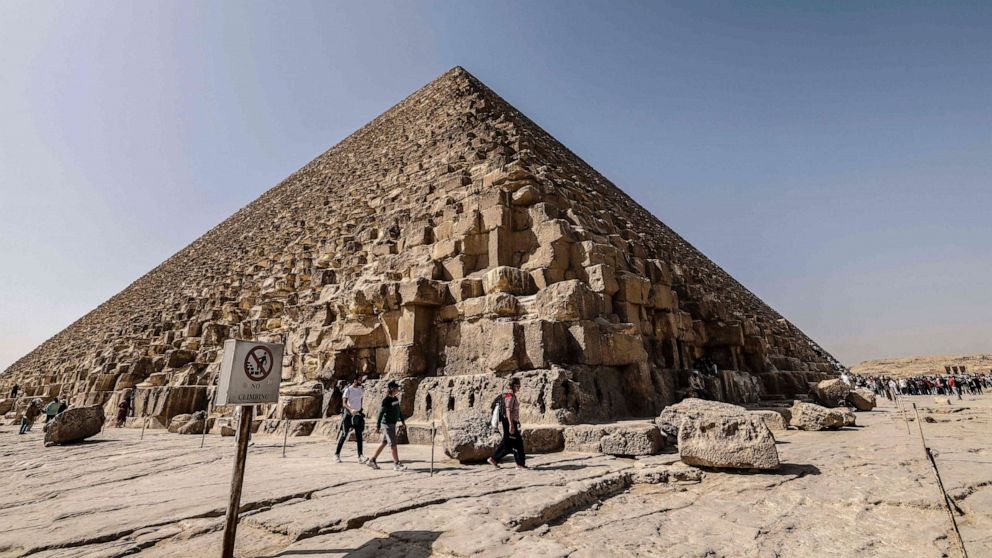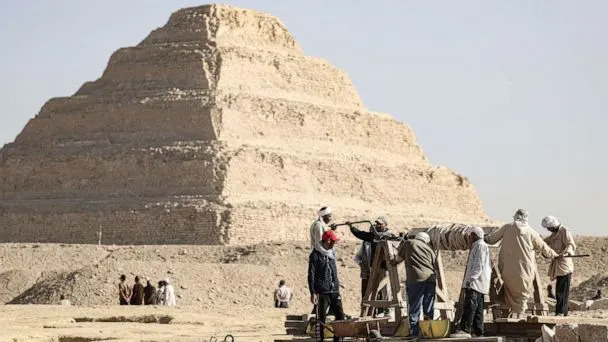TAKEN FROM BACK TO THE EAST: INDIA, NEPAL, KASHMIR - Alun Buffry
https://www.amazon.co.uk/dp/1916310796/ref=nosim?tag=webbooks05

CONCLUSION
I
have made three trips to India. The first, pretty much out of the
blue because when we left the UK we had intended to travel only as
far a Turkey, in a van. There were four of us. None of us had very
much money. I had left UK with just about £60, three weeks wages in
those days. By the time we reached Antalya, in Turkey on the
southern coast, I had just £20 left. We slept either in the van or
in a tent until we reached Istanbul, where we rented cheap rooms.
After that, we slept in Turkey in the open. From Turkey Keith and I
took a boat eastwards, intending to travel to Beirut then back to
Istanbul to meet up again with the others. On the boat, however, we
were advised not to go to Beirut, so instead hitch-hiked across Syria
into Iraq and on the Baghdad, then on by bus to Tehran. Then we
headed east across Iran, Afghanistan, Pakistan and into India. The
main problem for me was lack of money, so not being able to eat the
food I should have been eating and staying in cheap and often dirty
hotels. I ran out of money in Kabul, a dirty city but cheap and
friendly. I sold a few items such as shirts and a compass and met a
wealthy German guy called Helmutt, who helped us get to India, by
plane from Lahore to Amritsar, one of the first passenger planes
after the end of the Pakistan-India war. In Amritsar, we stayed for
free at The golden Temple and I hitched a truck ride to Delhi.
I
struggled on very little money, receiving just a few pounds in mail
from the UK. Keith went on alone to Nepal. I became ill and spend a
week in hospital (free) in Delhi, suffering from dysentery and
hepatitis. I tried to travel back overland to the UK but became ill
again and again, being hospitalised in Kabul and Tehran, from where I
had to take a flight back to London, which my parents paid for. I
was 22-years-old. Looking back, it’s easy to say I should have had
more sense.
Yet
looking back, it was a pretty dumb thing to do, although very
educational and an experience that I valued. But it was hard work in
the east, with such different people, customs, lifestyles, religions,
languages, foodstuff, politics and the divisions of wealth and
poverty.
That
was a disastrous trip, not only did I and Keith became ill, but after
we left Turkey my good friend John Sullivan was killed when the van
crashed in Antalya; the other passenger, Mike, was seriously hurt,
broken leg, broken ribs and bang on the head. I did not even find
out what had happened until I was back in Kabul, months later, and by
chance met somebody that I knew from Norwich, Pete Roscoe, who was on
his way to India.
From
the moment we had left the UK, everywhere we went, we managed to buy
hash, in every country we passed through with the exceptions of Iraq
and Iran. In Iran, we actually stayed on an opium farm run by a
licensed farmer who also supplied it illegally. He was also the
village policeman.
That
tail is told in my book “All About My Hat The Hippy Trail, 1972”
What
did I learn?
The
variety of people in our world.
The generosity and care we
received from people with so little.
That I had people that I
could call on to help when all else failed.
To travel with
enough money to get one through and get one home safely.
To take
more care of health regarding hygiene and diet.
So my next
trips to India, both by plane, recorded in this book, were 1981 and
1985.
By
this time many places had already changed in respect of politics and
freedom, and it was not so possible to travel overland.
1981
was a two week holiday. 1985 was a two month journey.
At
both times I had more money, enough as I thought, being older and
wiser, as I thought. Yet in both cases we spent our money faster
than we had anticipated and had to write home for more.
Of
course another problem that was easy to have forgotten, was that
contact with family and friends back in the UK was not instant and
easy. A phone call had to be booked a week in advance and one had to
hope that the call would be answered. Otherwise, it meant booking
another call. Also in those days not everyone in the UK had a phone
in their house and nobody had a mobile (cell) phone.
We
were lucky to have booked the holidays through travel companies that
were able to help us out.
So
I reiterate my advice, make sure one has enough funds and remember,
cash and bankers cards can be lost or stolen (as can possessions and
passports).
Delhi
and Agra, had changed noticeably since 1972 since I had visited those
cities.
They
were more populated with more traffic, more noise, more dirt and more
beggars and hasslers on the streets. Also more “richer”
tourists. Kashmir was attracting people with money, staying on
houseboats, often isolated and even protected from the people and
poverty on the streets. Corruption, baksheesh, favouritism and
bureaucracy were all more common – you will have read about our
problems getting seated on planes that had been overbooked.
One
of the favourite sayings of many people was “no problem”. Either
they did not see a problem, did not see it as important or simply did
not care. Yet paying baksheesh in advance would often avoid those
problems. ‘Jimmy’, on the houseboat in Kashmir in 1985 never did
post the letter that he had promised to post; that cost me a sitar.
Many
Indians won’t say that they don’t know; instead they tell one
what they think. An example was when we were told that our funds
were at abank when they were not and had not even been sent.
I
certainly would not advise anyone to drive a vehicle in India. The
rule of the road everywhere was “Might is Right”. Walkers and
people with carts pulled by animals got out of the way of cars, which
got out of the way of buses, which got out of the way of trucks.
Everyone was listening out for the loudest horns approaching them.
Everyone in the cities seemed to drive using their horns more than
indicators. Of course walkers and those with animal-pulled carts had
no horns.
At
one point in this book, you will see a photo taken from a rickshaw on
a road in Delhi; you can see pedestrians, bicycles, rickshaws, cars,
buses, trucks and even an elephant.
Of
course food is another problem: you may have heard of “Delhi
belly”.
The
difference between western and India food and water, the way in which
so much ghee is used, often the lack of hygiene, that does not cause
serious problems for locals, almost inevitably causes some problems
for westerners on short holidays. Often these problems are
short-lived, being simply a matter of adjusting, but one does not
want or need to spend a few days feeling ill especially on a short
trip.
At
all times, one needs to be aware of thieves and conmen on the
streets. People, bot men and women, that will simply want to take
advantage of you.
There
are those that will simply try to pick your pocket or steal your bag;
there are those that ask for money and won’t take no for an
answer; there are those that will tell lies and try to mislead you
for their own advantage; there are those that say they just want to
practice their English and end up taking you to a shop where, albeit
they are friendly and often the craftsmanship is fine. That includes
foreigners as well as locals.
Of
course those people are in the minority, thankfully, and the majority
will be friendly and helpful or simply stand and stare. One
certainly has to become used to people staring. Also some people
don’t want their photographs taken and will ask for money or become
very angry, whilst others will ask you to take a photograph of them
with or without you.
The
gap between wealth and poverty is sometimes atrocious and sickening.
One can do nothing about it. In Delhi we made a quick visit to a
five star hotel. Inside was spotless and elegant and a cup of tea
cost about £5. Right outside the guarded gates that led to the
garden from the street, was a tiny chai stall where a cup cost
pennies and the street was littered with rubbish and rubble. One
sees street food stalls selling hot and cold dished whilst
donkey-pulled carts trundle by in the dust, dropping their crap as
they go. Many people are unaware of hygiene or unable to do anything
about it. Certainly it is essential to ensure that even bottled
water ins restaurants is actually bottled water and not just from the
tap, or to use purification tablets.
But
all that in India. That is part of the experience. But just as it
is wise to wear a safety helmet on a building site anywhere, one
needs to take care and precautions.






















